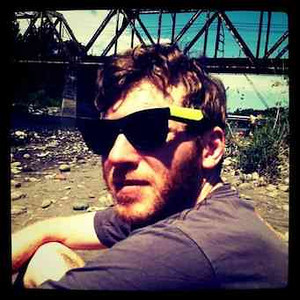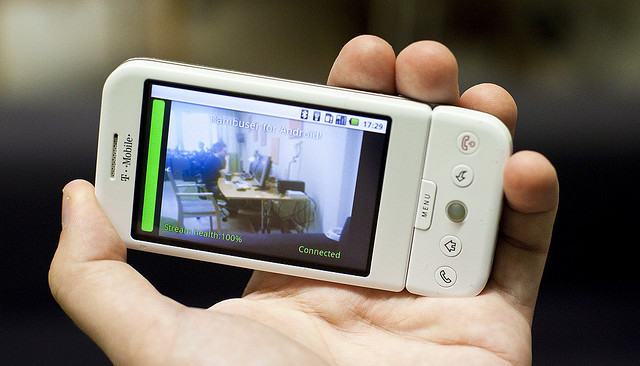Kyle Drake to Present “Building a Real-time geolocation game with Geoloqi using Node.JS” @ #NodePDX

Geoloqi Developer Kyle Drake will be presenting how he and the team at Geoloqi built a real-time geolocation game with Node.js and the Geoloqi API & Services. A quick description of Kyle’s presentation:

There are very powerful things you can do with Node.JS, particularly with projects needing a lot of I/O operations. At Geoloqi, we have used Node.JS and Socket.IO to build a JavaScript client that allows our developers to map real-time tracking on a browser with almost no code needed. Our first project using this is MapAttack!, a truly real-time location-based geofencing game.
Hear about how we made the game, how we made it real-time, where we’re going, and where Node.JS is going to have a role in it. I will also cover what it took to build Geoloqi’s Real-time Streaming API, and how it can be used to bring real-time location functionality to existing applications.
I will also talk a little bit about the Reactor pattern, the mysterious thing underneath that powers Node.JS. I’ll discuss what Reactor patterns are good for (and not so good for), and compare them with threads. I will also compare Node.JS’s reactor pattern to ones in other languages.
Kyle Drake is a many-hats web developer and entrepreneur that speaks multiple languages, and has worked with numerous startups to build their infrastructure. As a software engineer for Geoloqi, he is helping to build their geolocation platform and real-time location-streaming API. He previously developed some of the top Facebook applications as a senior Facebook app developer for Dachis Group.
In his free time, Kyle likes writing more code, working on web site ideas, riding his bicycle around Portland, hiking in the mountains, skiing, reading anthropology and tech books, and he’s fairly good at playing the Star Trek pinball machine at Ground Kontrol.
Twitter: http://twitter.com/kyledrake
Geoloqi Developers Site: https://developers.geoloqi.com
Geoloqi’s Github: https://github.com/geoloqi
Kyle Drake’s Github: https://github.com/kyledrake
If you’d just like to come and check out Kyle’s Presentation and the other kick ass presentations lined up, get involved in some coding, hear what Node.js is all about, or just hang out please RSVP and get the event on your calendar!
If you’d like to be among the presenters, submit a proposal, and you too can step up into the coder spotlight.
Post credit: Thanks to Adron Hall for the original post and for the permission to repost it here! Original post on Composite Code.
